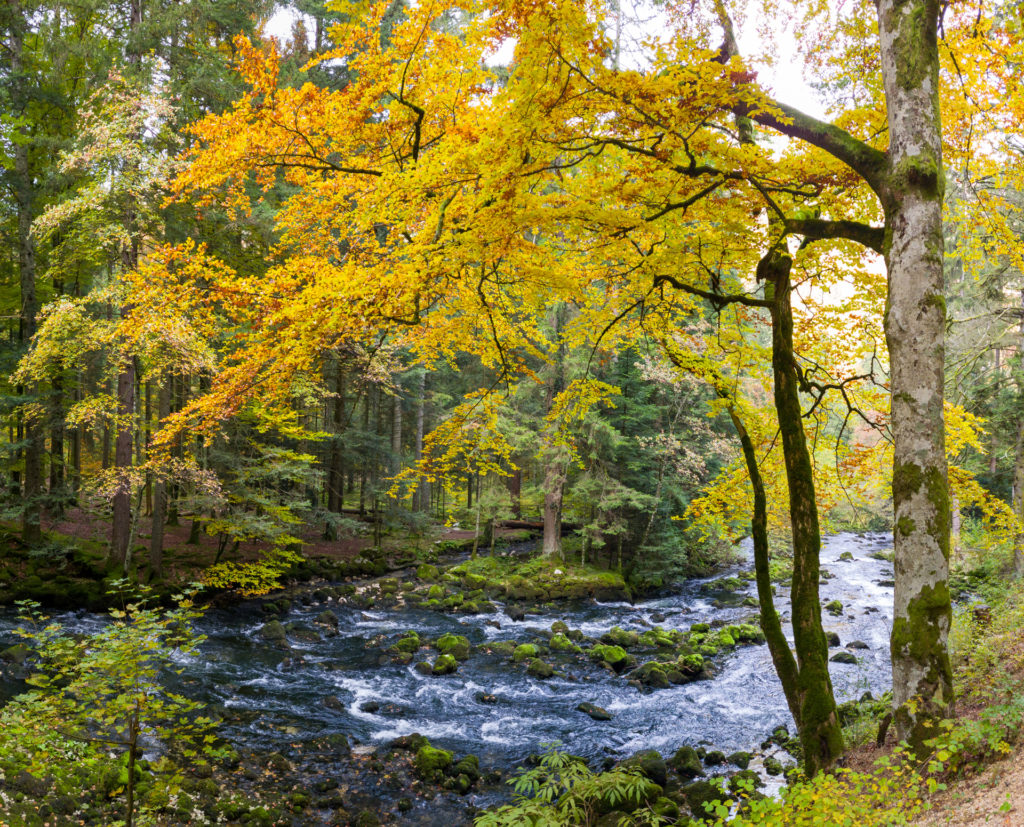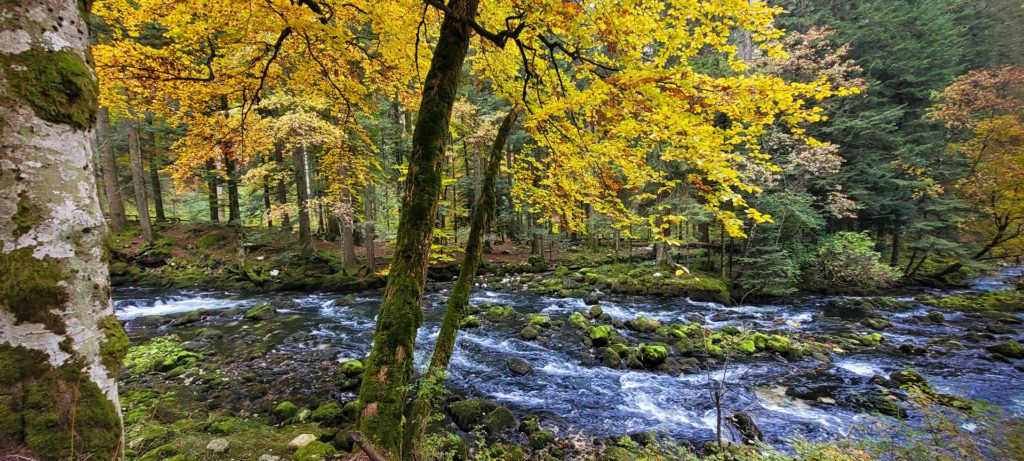Introduction
In the part 1, I have introduced the purpose of the tests I am doing. In this 1st part, I have genuinely compared the Samsung S20 Fan Edition FG (“S20 FE” in this post) with an APS-C camera (Nikon Z50) and an old but respected full frame Nikon D750. The point of these tests is to evaluate how far I can trust a modern smartphone as an enthusiast photographer. The smartphone has proven to be a quite good camera in non-demanding conditions (still subject, plenty of light available), at least for its wide-angle camera and to a lesser extent for the ultra-wide angle. The tele lens has proven it was quite limited though.
In the part 2, I have compared the same cameras in low light conditions. The results of the smartphone as soon as you shoot RAW are very much aligned with what you could get with enthusiast compact cameras just a couple of years ago. This is making the smartphone a real alternative for such conditions, with some limits of course but from this viewpoint, the smartphone has certainly become a “real” camera for enthusiasts in low light photography. Like all cameras , it comes with some flaws but a nice tool.
In the part 3, I came to the conclusion the smartphone was potentially a very interesting tool for panoramas, with some limits but again, quite relevant in many occasions.
In the part 4, I have done tests with regards to portraits and smartphones and I have been somewhat disappointed by computational effects of simulated depth of field. I am struggling for now to trust this camera for portraits.
In the part 5, I have discussed ergonomics and controls such as chosing a mode, changing aperture or shutter speed or ISO. I concluded they were so-so. The lack of modes – just “P” or “M” is probably the biggest impediment. On the other side, the small size, and the flat aspect of the smartphone, always with you, and IP68 water/dust proof quality of the smartphone are great assets.
In this post, I am concluding this series of posts about using a modern, capable but not the most expensive smartphone in town as real camera for an enthusiast photographer.
What a smartphone can do for an enthusiast photographer
Well, I have been struggling to define what is specific to a smartphone. Not really anything unique excepted that:
- You always have it with you, it is light, thing, waterproof and can be shock proof easily with an additional case.
- People will barely notice Everyone has smartphones nowadays.
- You can shoot and share instantly.
- Geotagged enabled (not many Full-frame cameras can do that, or not without some clumsy GPS added/connected to them).
And it is nowadays a “real” camera for photographer, like compact cameras for enthusiast used to be 10 years ago:
- Very capable sensor,
- RAW images,
- Manual controls (even if limited).
The final words
Of course, they come with plenty of limitations. And for each smartphone, it is important to double check what each camera can deliver: sensor size, RAW available or not for each sensor, mode available (PASM…) and much more.
The physics are there to remind us that even computational photography is not a holy grail, even if promising, even if it will be much more capable in the future. It cannot replace for now any APS-C or full-frame camera for what they do very well.
What I appreciate the most is the fact they are very capable for what they do well. For instance, with the Samsung S20 FE, the 26 mm equivalent looks like a particularly good waterproof, prime lens that shoot RAW I am enjoying shooting with. More than that, not really but that is a good start and it can be a very helpful tool.


Pingback: Some tests about strengths and limits of modern smartphones cameras for an enthusiast photographer – Part 4: Portraits – Tristan Romain Renaud
Pingback: Some tests about strengths and limits of modern smartphones cameras for an enthusiast photographer – Part 2: low light conditions – Tristan Romain Renaud